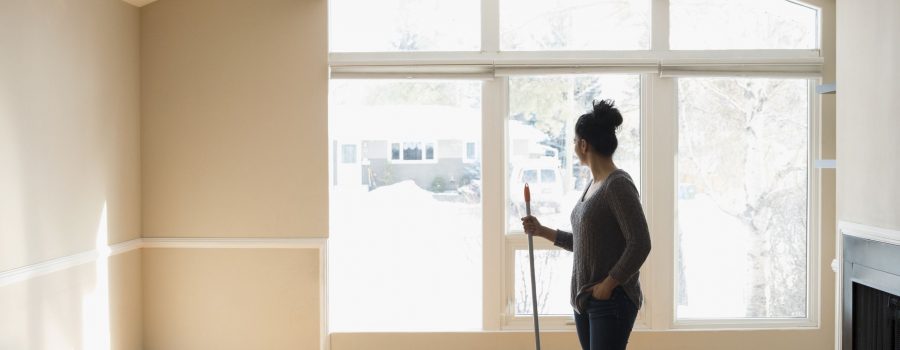Like the seasons, the tenant life cycle repeats continuously as long as you hold onto your portfolio. Business aside, as an owner/operator, you start to see your property not only as inanimate objects made of hard materials but rather as a living vessel that provides shelter to passengers on this journey we called life.
In all of our experiences as landlords and property managers, we inevitably develop some form of a relationship with the tenants. So when tenants decide to move out for whatever reason, it’s usually accompanied by mixed feelings. Some tenants we cannot wait to get rid of. Some found new jobs in a different city. Others found their true love and are finally settling into a new life and we’re incredibly happy for them. Whatever the reason may be, we have to adhere to our principles of professionalism and here are some ways we can smoothly close the tenant loop.
Expect the Expected
This is a consistent theme that invokes Murphy’s Law: anything that could go wrong can go wrong. I’m often surprised to learn that most landlords do not have a schedule to renew leases. If there’s a secret sauce to keeping your vacancy low, it is anticipating the lease renewal questions months before the term expires. Asking your tenants to plan ahead about lease renewal has many benefits. One – it allows you to anticipate if you need to start looking for tenants NOW. This is crucial to keep vacancy low. Two – it allows you to communicate ahead of time regarding move-out procedures. Finally, applicants that plan ahead for a move-in months away generally tend to be more organized (better?) tenants.
Let the Right People Choose
Not all tenants leave when the lease expires. Life doesn’t always follow the terms of the lease and some tenants might need/want to move out many months in advance. Additionally, other roommates might want to stay. In other words, the end of someone’s tenancy can get messy and you have to be adaptive and empathetic to the situation. Letting the remaining roommates find a suitable sub-letter will ensure that the new group of tenants will jive well together. The last thing you want is to play babysitter with roommate disputes.
Follow Move-Out Protocol
Every landlord should have a proper move-out procedure. What time is the move out? When is the walk-through inspection for damages? Where and who should the tenant place their keys? If there are material damages (beyond basic wear and tear), how would that be documented? How would the tenant be billed? When will they receive their security deposit (if one was received initially)? These questions should be anticipated and made clear to the tenants before they move out.
Landlordship is a relic of our Feudalistic past. Stewardship is, in my opinion, a more appropriate term today. As homeowners, we are stewards and we are responsible for our residents through our properties. The end of a rental life cycle prompts the start of a new one. Your job as each cycle progresses is to learn and work on the incremental improvements across all facets of your investment journey. Ask yourself: is the rent too high or low? What capital improvements should you invest in over time? Where can you find new opportunities to introduce new income? How can you improve your process to make the experience more seamless for residence? For yourself? For your contractors? At each end of a tenancy is an opportunity for renewal. Your job is to embrace it.





